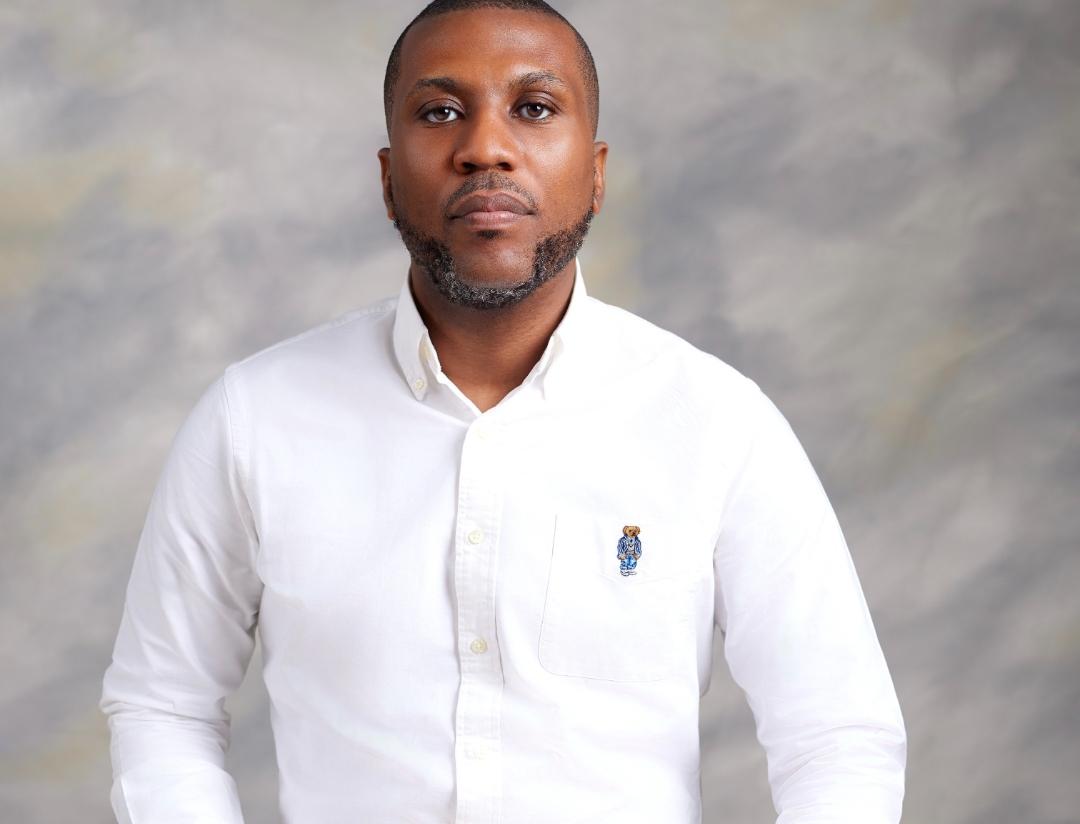By Ejiofor Alike

As allegations and counter allegations continue to mount over the actual cost utilised by the former President Olusegun Obasanjo administration to execute power projects in the country, former Minister of Education, Dr. Obiageli Ezekwesili, has weighed in with a clarification that only about $3.5 billion was injected into the construction of new power generating stations under the National Integrated Power Projects (NIPPs) as at the time the tenure of the administration of Obasanjo ended in 2007.
President Muhammadu Buhari recently launched a ferocious attack on Obasanjo, accusing him of “bragging†that he spent $16 billion on the power sector without anything to show for it.
Buhari launched the attack when he received members of the Buhari Support Organisation (BSO) at the State House, Abuja.
Obasanjo has been at the vanguard of those vehemently opposed to Buhari’s bid to seek a second term in 2019 and has been working behind the scenes with other ex-military generals to support a candidate who can defeat the president.
Buhari, however, has restrained himself and his aides from responding to the various accusations of non-performance and clannishness levelled against him by Obasanjo.
But Buhari threw caution to the wind and took on his former boss by saying that the debt incurred from the $16 billion spent by Obasanjo on power projects without any output was now being paid by his administration, adding that in Nigeria’s history, his government had made the highest capital allocations in the 2017 and 2018 budgets.
Speaking in Lagos at a roundtable with the theme: ‘Savings and Stabilisation Mechanism for Nigeria,’ organised at the weekend by the Shehu Musa Yar’Adua Foundation’s Oil Revenue Tracking Initiative (ORTI), Ezekwesili argued that all the additional electricity being generated in the country today comes from some of the 10 brand new power stations built under the NIPP.
In her detailed presentation on ‘Policy Options on Safeguarding and Smoothening Fiscal Adjustments in Nigeria,’ the former education minister and ‘Madam Due Process’ said the NIPPs were part of the success story of the Excess Crude Account (ECA) created by the Obasanjo’s administration.
Ezekwesili stated that after the ECA was created, President Obasanjo chaired the committee that approved special intervention for the power sector.
According to her, the special intervention for the power sector identified “some key artery points across the country, where there would be a deliberate development of the capacity to generate power.
“So, you have things like Papalanto (the 676MW-capacity Olosunsogo II Power Plant built in Olorunsogo in Ogun State by SEPCO III Electric Power Construction Corporation of China); Geregu (the 434MW capacity Geregu II Power Station built in Ajaokuta, Kogi State, by Siemens Nigeria Limited); Alaoji (961MW-capacity Alaoji Power Plant built by Rockson Engineering in Abia State) and other power stations in at least 10 locations. It is from out of these projects that whatever power that anybody is generating today comes from,†she explained.
Ezekwesili further disclosed that it was from the Excess Crude Account that the Central Bank of Nigeria (CBN) raised Letters of Credit directly for these projects.
“I do recall that even as Vice President at the World Bank, from what the federal government made available as at that time showed that as at 2007, $3.5 billion had gone into these NIP projects. So, when I see sometimes, figures that get bandied around, I say part of the culture we must have as citizens is to say that whenever figures show up, we must interrogate them. We need to have a habit to interrogate data, otherwise they will be part of the political rascality of not wanting to be accountable to the society,†she added.
Ezekwesili also explained that the ECA was so successful that it was also from that account that the country paid $12 billion to take down the stock of its foreign debts.
“People still argue whether it was sensible for us to spend that amount of money to take down the stock of our debt. But I need to tell you that it was a good thing that we took down the stock of our debt. It was an important thing to do because without taking down the stock of our debt, we were not going to be admitted into the global financial system,†she said.
The former minister pointed out that those indebted countries that engaged in a “reckless behaviour†by insisting that “we didn’t see anything out of the debt and so, we were not paying,†eventually paid dearly for their recklessness.
“Only one or two countries have done that recklessness and they paid dearly for it. There is nothing like that – it is irresponsible. So, nobody wants to reward that kind of behaviour,†she said.
According to her, the six years of record high oil prices after the tenure of Obasanjo could have built up foreign reserves to as much as $100 billion, including an ECA level of at least $40 billion.
“The summary of the inflows and outflows from the Account shows that the opening balance was $4.56 billion in 2011 and reached a peak the following year at $8.7 billion before declining to $2.3 billion in 2013. The balance as at May 2015 was $2.07 billion,†Ezekwesili added.
Citing a comment by a former Minister of Finance and Coordinating Minister for the Economy, Dr. Ngozi Okonjo-Iweala, at the 2014 World Economic Forum, Ezekwesili quoted the former finance minister as saying that “the depletion of the Excess Crude Account to about $2.5 billion has made the country more vulnerable than it was in the past and put the economy of the country at great riskâ€



